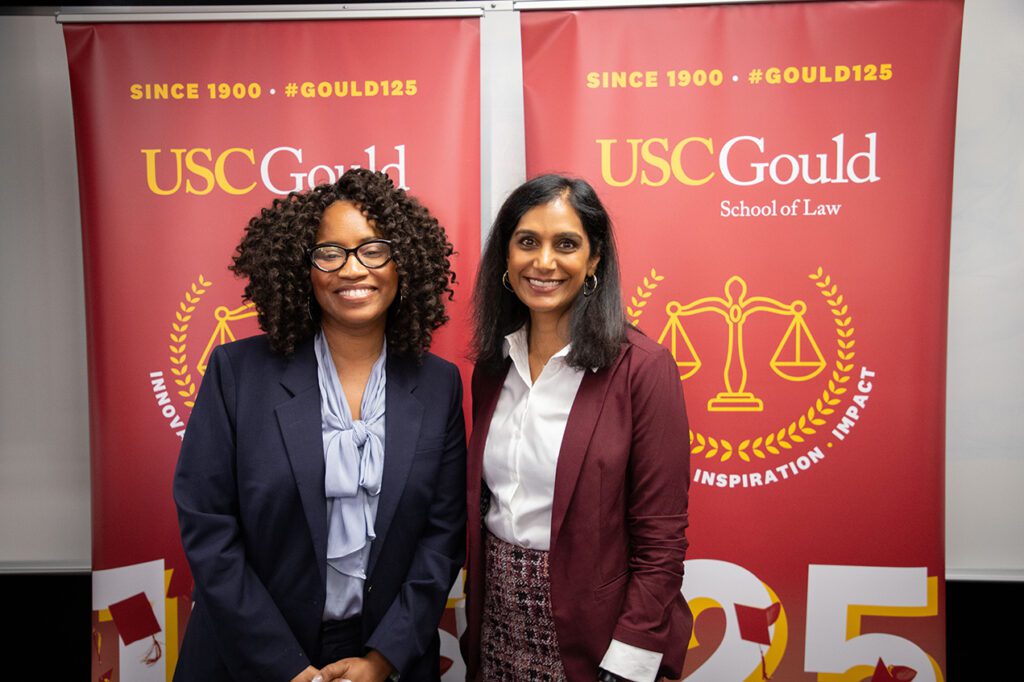"In Doubt" brings together latest research in legal psychology
- By Gilien Silsby
.jpg) Every year, dozens of people are convicted of crimes they did not commit. Invariably, the cause for the flaws in these prosecutions is human error - from poor memory to false confessions induced in the interrogation room.
Every year, dozens of people are convicted of crimes they did not commit. Invariably, the cause for the flaws in these prosecutions is human error - from poor memory to false confessions induced in the interrogation room.
In his new book, “In Doubt: The Psychology of the Criminal Justice Process,” (Harvard University Press: June, 2012), USC Law Prof. Dan Simon provides a critical overview of how the criminal justice process can be thwarted by the limitations of human cognition.
“The criminal justice process is performed through people: witnesses, detectives, lawyers, judges and jurors,” said Simon. “And the accuracy of the verdicts cannot be better than the human inputs that make it possible.”
"In Doubt" brings together the latest research in legal psychology, as well as in the related fields of social- and cognitive-psychology. The book, which written for those interested in the criminal justice process, offers a sweeping examination of the psychological literature, and provides an important primer on the field.
Simon, a leading authority on legal psychology, explains that mistakes occur even when everyone involved follows procedures diligently and conscientiously. “The problems lie mostly in the investigative procedures themselves,” he said.
At nearly every step, there is potential for error, said Simon. The bulk of criminal investigations conducted around the country rely on evidence that is collected through crude and archaic investigative practices. As a result, the evidence contains an unknown mix of accurate and mistaken statements.
Flawed lineup procedures lead witnesses to pick out a suspect even in the absence of a solid recognition; mistaken assessments of a suspect’s truthfulness lead investigators to draw faulty inferences about their guilt; and the lack of a reliable record of the investigation obscures the reliable indicators of the factual truth. In sum, jurors are forced to make fateful decisions based on inadequate evidence, and criminal verdicts are inevitably less accurate than commonly believed.
A new National Registry of Exonerations, launched this month, illustrates the problems Simon cites. It lists 890 men and women who were wrongfully convicted due grave factual errors – and who spent an average of 11 years in prison before release. An additional 1,170 innocent people were exonerated following large-scale police scandals.
For example, recently a former Long Beach high school football star had his decade-old rape conviction dismissed after his accuser recanted her story. And the evidence shows that Carlos DeLuna of Corpus Christi, Texas was wrongly convicted in 1989 for the capital crime of stabbing a gas station clerk to death. DeLuna was prosecuted and ultimately executed on the basis of a bungled investigation, marred by mistaken eyewitness testimony, poor record keeping, and a failure to pursue another suspect.
“There’s little doubt that the actual number of falsely convicted inmates is far greater,” Simon said. “Given the legal hurdles to overturning convictions and the limited access to exculpating evidence, one cannot avoid the notion that many innocent people are languishing in prison with no hope of exposing the errors that led to their convictions.”
The research demonstrates how relying on common intuitions can lead to serious miscarriages of justice. For example, Simon shows that humans are remarkably inaccurate at distinguishing between truthful and deceptive people, a task that can be critical to the assessment of the defendant’s guilt by investigators and jurors alike.
In a massive study of more than 11,000 respondents, more than two-thirds of people cite gaze aversion as a clear sign of deceit. Gaze aversion is touted as a deceit cue also by professional lie catchers, including police officers, detectives and customs officials. But studies find that physical cues – and in particular gaze aversion – actually have at best a minuscule correlation to deceit.
Overall, more than 200 studies have shown that people detect deceit correctly only 54 percent of the time, barely better than flipping a coin. “The adverse effect of people’s limited performance in detecting deceit is compounded by their overconfidence,” Simon wrote in his book, "In Doubt."
Even the most difficult forensic investigations tend to rely on memory of specific details, such as, the last digits of a license plate number or the image of a tattoo. But, these are the sorts of details that people are prone to ignore in our everyday life. Looking at studies of memory completeness, Simon said that people typically remember just one-quarter of the sort of specific details that would actually make a difference to a criminal investigation.
Simon offers a host of feasible ways to improve the accuracy of both investigations and trials, including:
- Investigations should be conducted in adherence with best practice procedures. For example, lineups should be conducted by officers who are blind to the identity of the suspect, police interviewers should never suggest information to the suspect, and interrogators should use more sophisticated methods to obtain confessions.
- Electronic records should be made of all encounters with potential witnesses throughout the investigative process. “The precious resources of the court system should not be expended on conjecturing what transpired at in the interrogation room or in the back seat of a patrol car,” Simon said.
- More accurate and transparent evidence should reduce the incidence of both faulty prosecutions and frivolous defense claims. Such a regime should also soften the common distrust and acrimony between prosecutors and defense attorneys, and thus curb some of the excesses of the adversarial system.

















